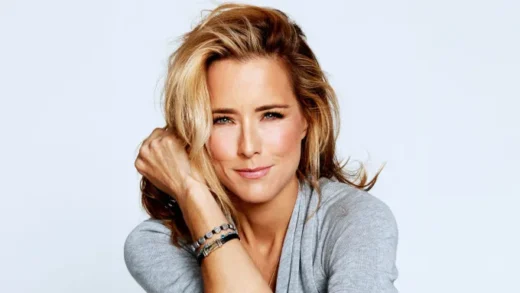As Bob Iger bets the Mouse House on a streaming service, all of Hollywood will feel the impact of the shift to a direct-to-consumer model, writes a top showbiz lawyer.
There’s a lot of mystery and speculation about the new direction of the filmed entertainment unit of The Walt Disney Co. The largest of the traditional Hollywood studios is in the process of switching from a wholesale producer and distributor of content to a direct-to-consumer (call it “DTC,” or “Disney Play”) model.
Disney’s CEO, Bob Iger, revealed certain changes publicly in an earnings call in August. For example, numerous original projects currently in production — including the first live-action Star Wars series and, on the film side, a live-action version of the classic Lady and the Tramp — will be accessible via a new over-the-top streaming service, scheduled to launch late next year. By the end of 2019, all of the Disney features, TV and new-media programs that are not encumbered by existing distribution deals will be available for release under the new plan on a service designed both to rival the SVOD operators like Netflix and Amazon Prime Video and to deprive them of licensed content from the Disney empire.

So what is the sequential distribution plan likely to be? Let’s delve into the morass and make some educated guesses.
THEATRICAL FEATURES
At the present time, Disney has four prominent labels for its features: Disney (both live-action and animation studios), Pixar Animation Studios, Marvel Studios and Lucasfilm. Those will undoubtedly continue, and (once its acquisition of 21st Century Fox assets is finalized) Fox’s major features that fit under the applicable Disney label (e.g., X-Men movies will move to Marvel) will be released in theaters for the usual initial run of three or four months worldwide. The midrange features normally produced by Fox 2000 or Fox Searchlight are likely to begin on Hulu if R-rated, or Disney Play if not, although my guess is that a few of them will have their first window theatrically. The pictures will then be available for sale or rent over currently existing electronic sell-through (iTunes) or VOD (Amazon) outlets, or physical devices (DVD, Blu-ray) for another three or four months. So for the first two windows, a Disney movie will be licensed on a wholesale basis, just as it is today. No changes in the existing model, although the time periods may be compressed.
But then, instead of licensing to premium pay or ad-supported services, a Disney movie will go to Disney Play (or, if it has an R rating, to Hulu — assuming Disney retains control at 60 percent when it absorbs Fox’s stake in the streamer). This will be on an exclusive basis subject only to pre-existing encumbrances to distribution outlets, such as the second premium pay license period of Starz or Netflix for Disney pictures, or to HBO for Fox pictures, both in the initial and second license periods. The same concept will apply internationally, subject to existing output deals with pay or ad-supported outlets.
This is a radical change from the current practice of all the major studios as well as the mini-majors in the U.S. On a worldwide basis today — given the phenomenal success of Disney pictures in recent years — a hit movie like Black Panther or Incredibles 2 probably generates more than $150 million from licensing to premium pay and ad-supported linear television over roughly nine years, commencing seven or eight months after its initial theatrical release. Disney will be giving that up in exchange for a hoped-for profit margin on subscription revenue that domestically will run around $6 to $8 per subscriber per month (and roughly the same internationally). This is betting the ranch! On the other hand, Nielsen research reveals that two affinity groups — family movie watchers and superhero franchise fans — overindex at 94 percent and 89 percent, respectively, in weekly viewing of streaming video. Both are Disney specialties.
The switch to DTC also raises an intriguing question for profit participants and guilds. In the wholesale transactional model of today, a studio reports “gross receipts” based on how much it receives from third-party pay TV services and ad-supported outlets (or, when the licensee is affiliated with the studio, there is a negotiation over the “imputed” license fee paid to the studio by its sister unit). What’s going to happen when all the features produced or acquired by Disney (and Fox, whether labeled or not) go into an in-house subscription pay service? Presumably, as is now the case with Netflix and Amazon, Disney Play will establish a rate card that will “impute” gross receipts. But will this be based on theatrical receipts (box office or film rentals), on home entertainment income or on some other criteria? Oh my!
TELEVISION
Presently, both the Disney and Fox television arms produce in-house and for unaffiliated distributors/exhibitors worldwide. One would imagine that third-party wholesale distribution will gradually disappear in favor of in-house, using popular IP or original scripts as the base, whether live action or animation.
(Excerpt) Read More at: HollywoodReporter.com




